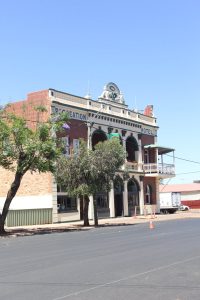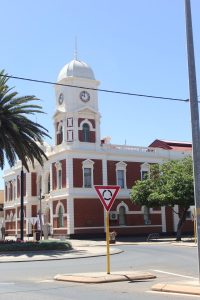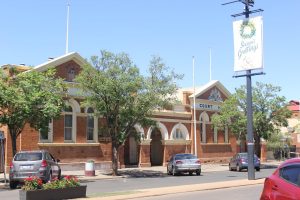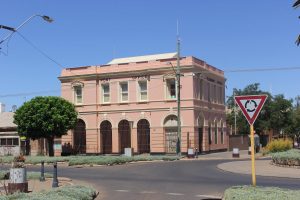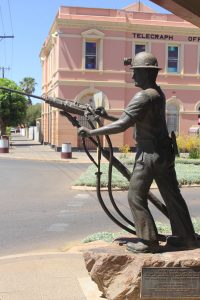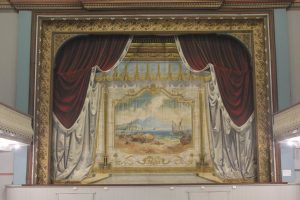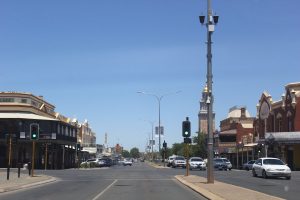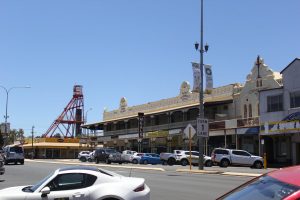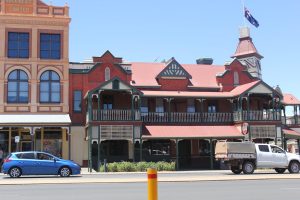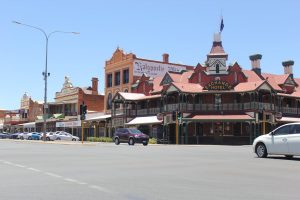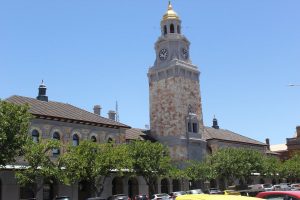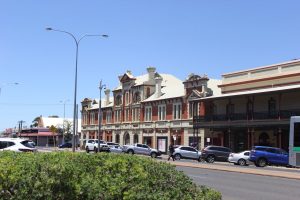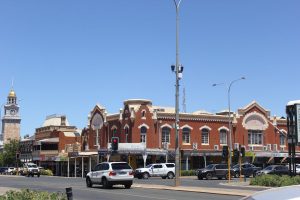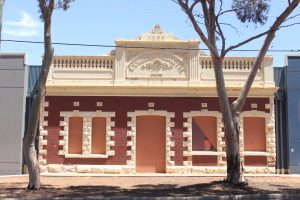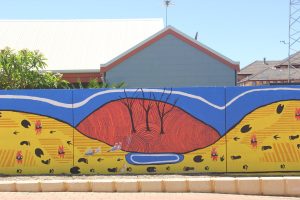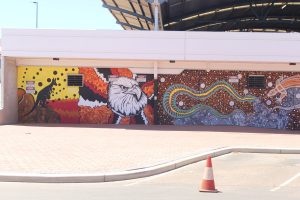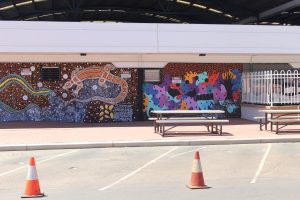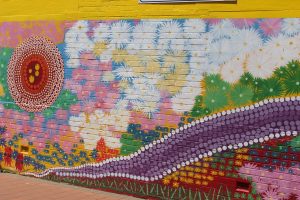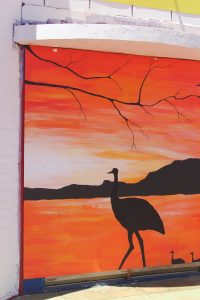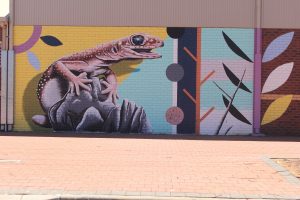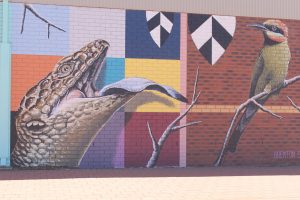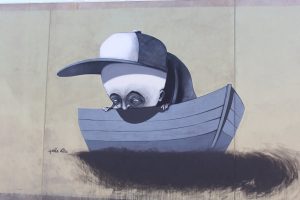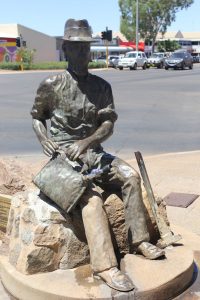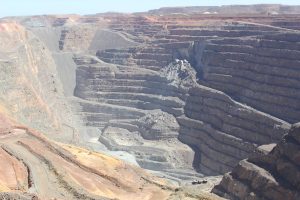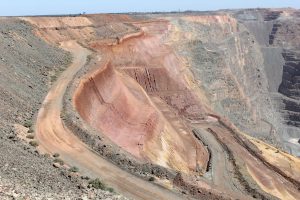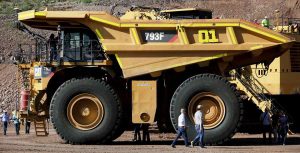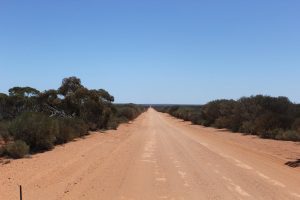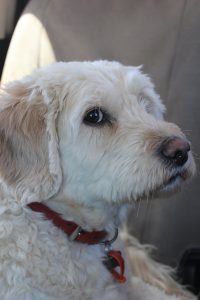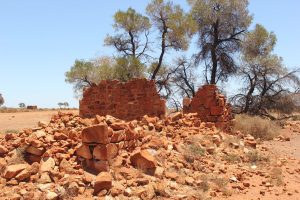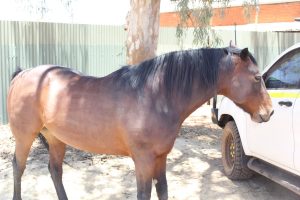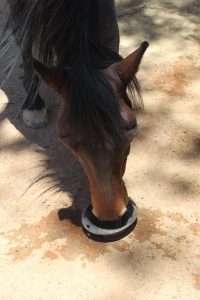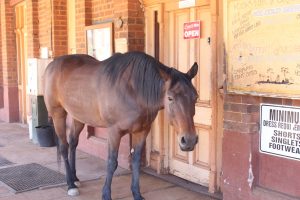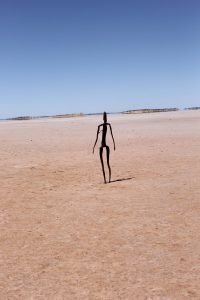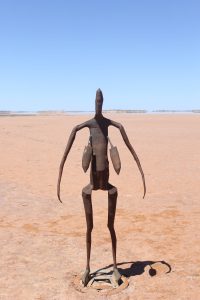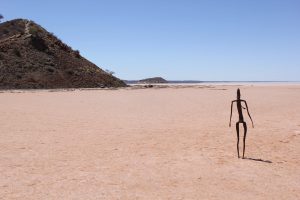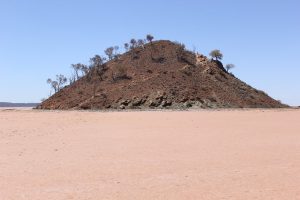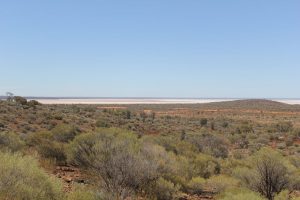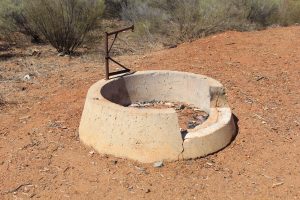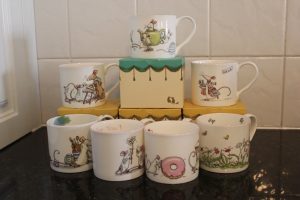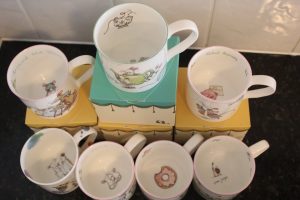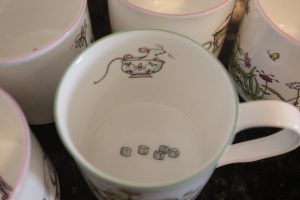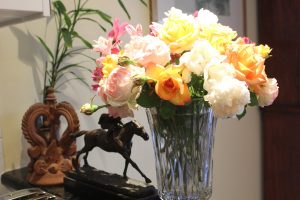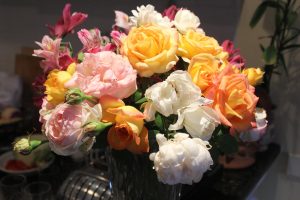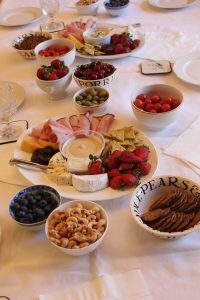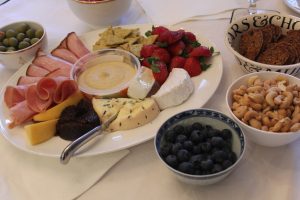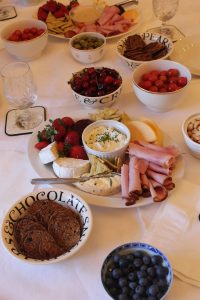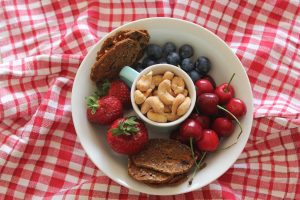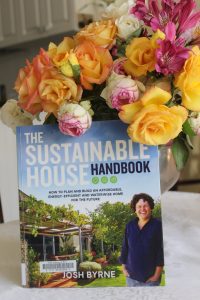giftboxes with shortbread and chocolate ginger
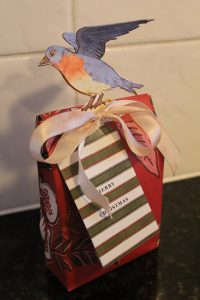

Lots of lunch catchups this month so I’ve made giftboxes with shortbread and chocolate dipped ginger as little Christmas presents. I added the gorgeous 3D birds because they are so pretty.
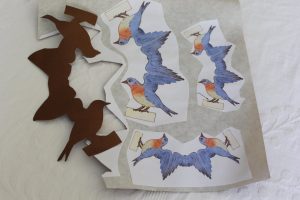

These gorgeous birds are from here. I printed off these Blue Bird of Happiness images and glued them to brown paper to make the finished bird a bit stronger. They are small and fiddly and took ages to cut out. I used a craft knife where possible and small scissors for the other bits. They look great but I don’t know if I’d do it again. It’s too busy this time of the year!


I have been using this tatty template for years. It began as a download from a long forgotten source but over the years I have modified it to suit my needs. There are many similar templates available online. I glue the printed side of the template onto the gift wrap I am using to make the gift boxes as the fold lines are still apparent. This way the inside of the finished box doesn’t really show the printed lines. I fold the lines using an old school ruler, and that works well, but a boning tool would be good too.
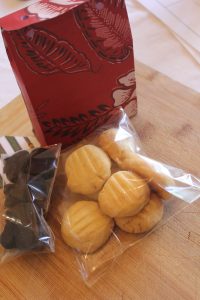

Completed boxes and the little cellophane bags of shortbread and chocolate dipped ginger.
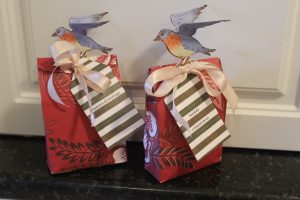

The finished boxes ready to give to friends this week.
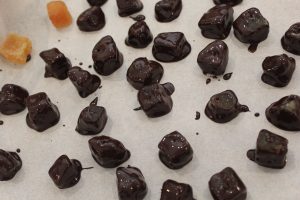

I dipped pieces of crystallized ginger into melted 90% cocoa chocolate using a skewer. Left them to set in the fridge, peeled them off the baking/parchment paper and sealed them in little cellophane bags. Tried not to eat too many. Very, very delicious. These I added to bigger bags of shortbread I’d also made that morning. Both went into the gift boxes.
Then I began on cellophane wrapped bowls of shortbread, rum balls and chocolate ginger for our very special neighbours. These pretty little bowls are fine to take up and down the street but the lighter boxes are easier to carry to lunches.
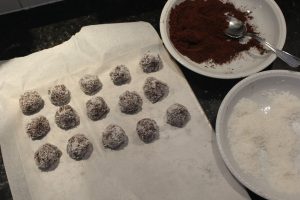

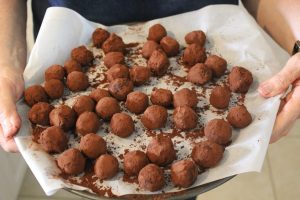

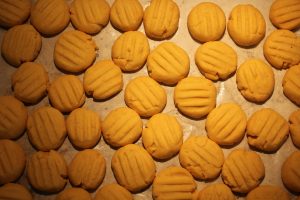

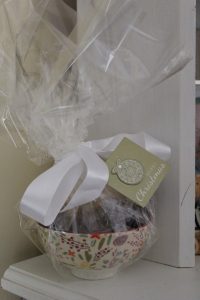

Gifts for neighbours.
two book reviews
One of the good things about being away was time to read without the distraction of jobs that need doing at home. So I have read two books, both thought provoking.
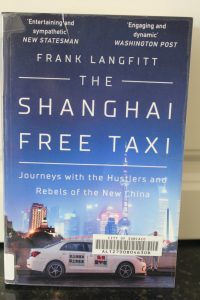

The first is journalist Frank Langfitt’s ‘The Shanghai Free Taxi, Journeys with the Hustlers and Rebels of the New China”. He writes about his time in China in Shanghai 2011-2016. We also lived in China during the time of his earlier posting in the late 1990s. He lived in Beijing, we lived in Guangzhou.
To talk to locals and really understand their beliefs about modern China, Langfitt offers free taxi rides, not just within the city but also carrying people to weddings and other celebrations in far away provinces. He assumed everyone talks to taxi drivers and his premise seems to work. He is fluent in Mandarin and also has an interpreter with him.
Conversations cover wide ranging views of modern China, the difficulties created by leaving family behind in their villages and finding work in fast moving cities. Many people not only leave their parents and extended family for 12 months at a time, only returning, if they can, for Chinese New Year, but they also leave their only child in the care of family.
This is a thought provoking book. The author compares Chinese beliefs and political systems of America and China and relates this to various conversations in his taxi.
The goals of modern China result in frequent change. Wide sweeping, interesting and sometimes hard to believe how people in China still live and the rules they must follow but always very readable.
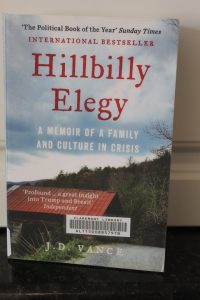

The second book is JD Vance’s ‘Hillbilly Elegy, A Memoir of a Family and Culture in Crisis’, an autobiography about growing up poor in Kentucky. I think of an elegy as a sung lament. This account is certainly a lament, but also a call to action.
A member of a sprawling, under educated family group, Vance writes eloquently about his multi partnered/married Mother and her battle with addiction, his grandmother and her belief in him and the ever present violence and poverty. These are the problems facing all under educated children in all first world countries, not just America.
Poor nutrition, unstable homes, school systems with few expectations of student achievement and casual violence is self perpetuating. Vance, who regularly lives with his Grandmother, hasn’t done well at high school and signs up for the Marines. The discipline and expectations of the Marines shows Vance possibilities away from Middletown and the future there.
Through hard work and observing how other people live plus support from the Marines, Ohio State University then Yale, Vance becomes a lawyer. Completing the course requirements was not easy as his Grandmother, his chief support, dies during this time and his Mother succumbs to drug addiction again and becomes homeless.
A testament to human strength and determination, this book has been made into a film of the same name showing on Netflix. The film cannot convey the shocking deprivation Vance describes in his book which should be a set text for every politician and educator.
the summer garden
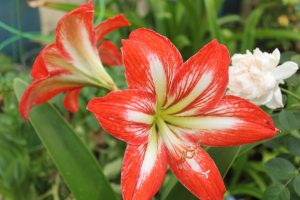

This hippeastrum flowers for months at a time.
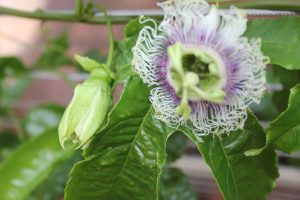

Lots of flowers on the passion fruit vines, so lots of fruit to follow, I hope!
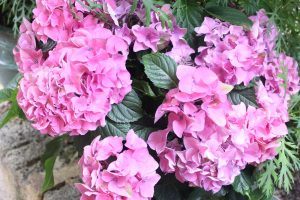

Glorious hydrangeas.
As this very strange year draws to a close, I keep hearing people saying they’re having a low key Christmas. Big family gatherings and all out partying sit uncomfortably with the events of CV-19 and this year. We too have planned a small and fairly quiet Christmas. My Mother and our son are staying with us. I’ve cooked a ham and roasted a turkey breast and we have a cassatta in the freezer and a Christmas pudding, too, but mostly we will eat simply and be grateful for the company of family and for good health.
Merry Christmas
and Best Wishes for a
Happy New Year!

